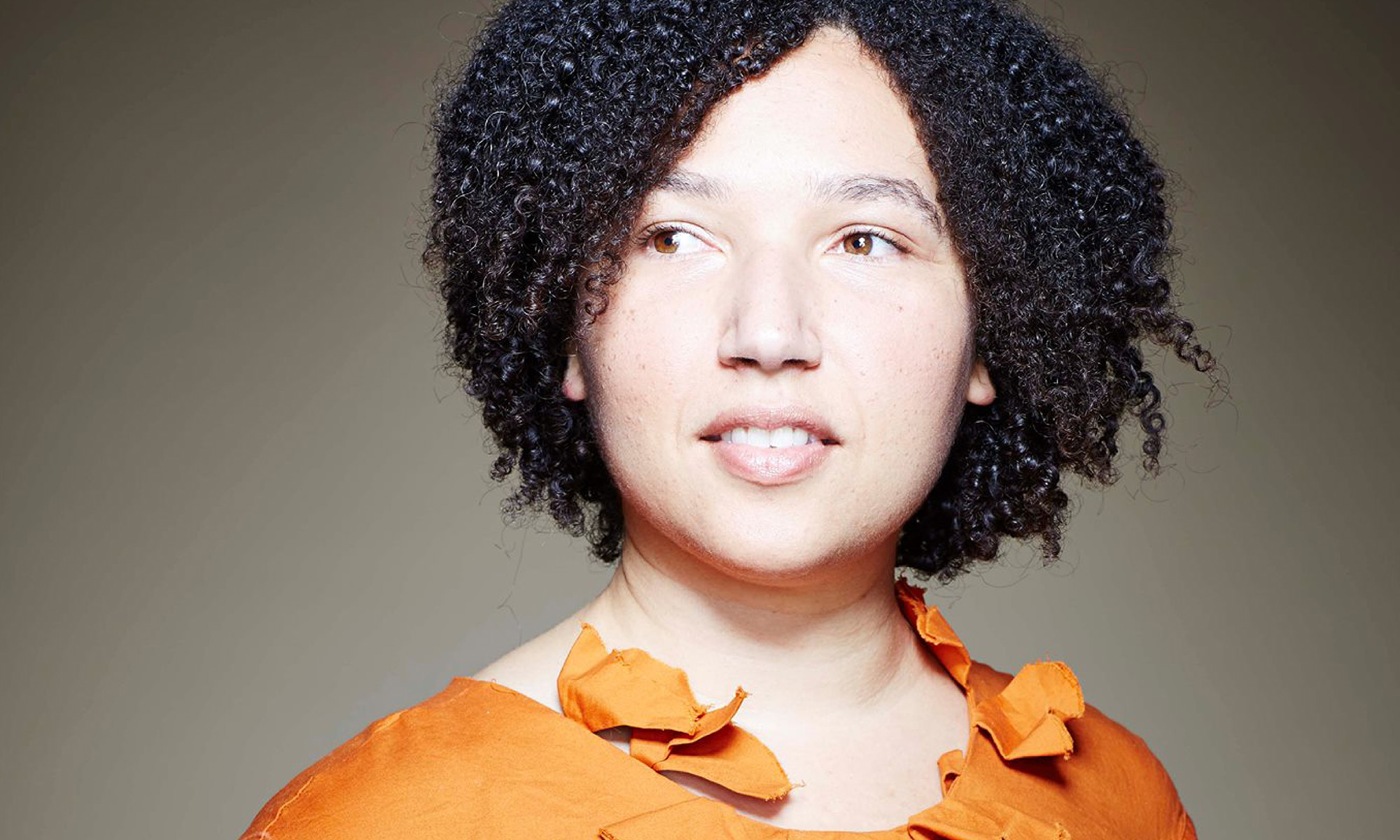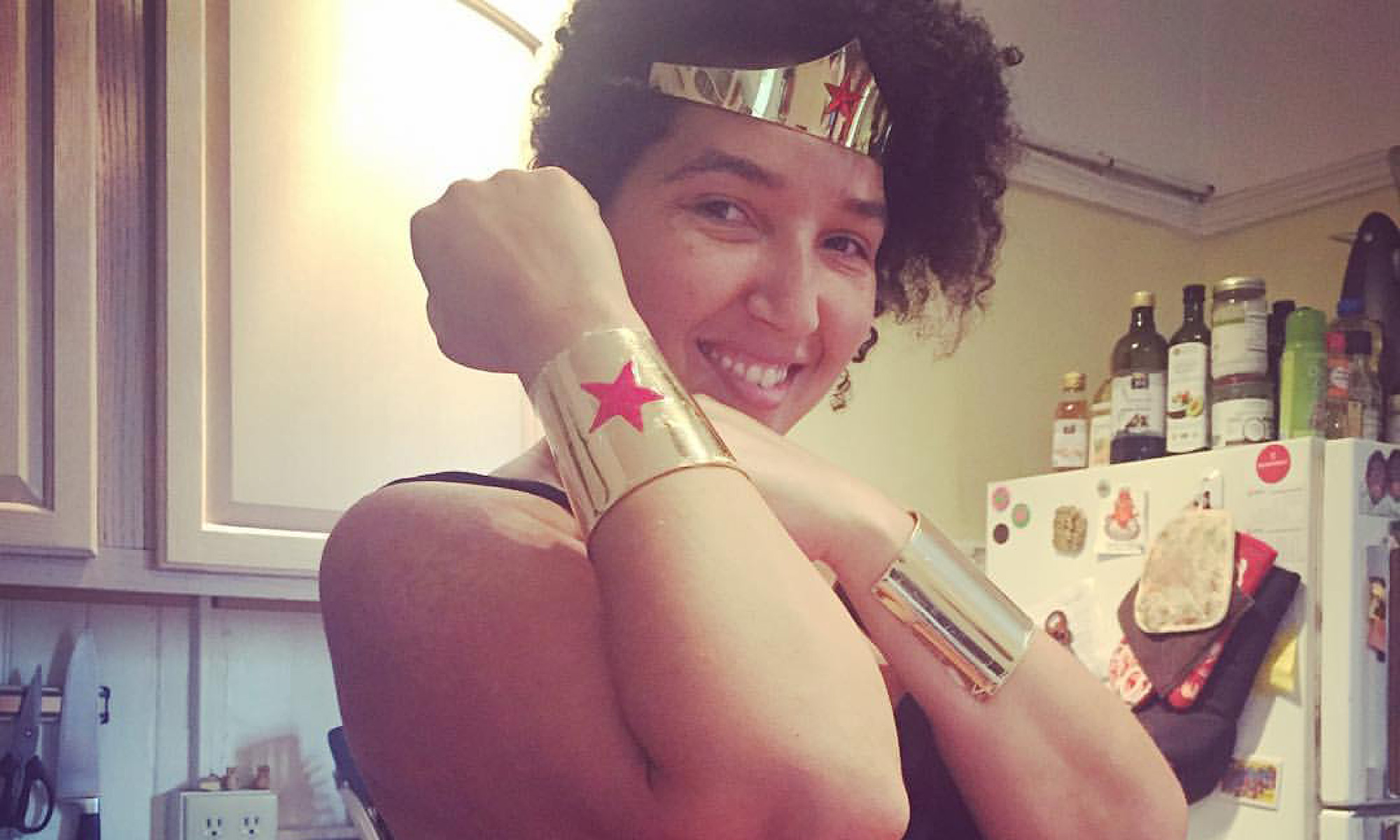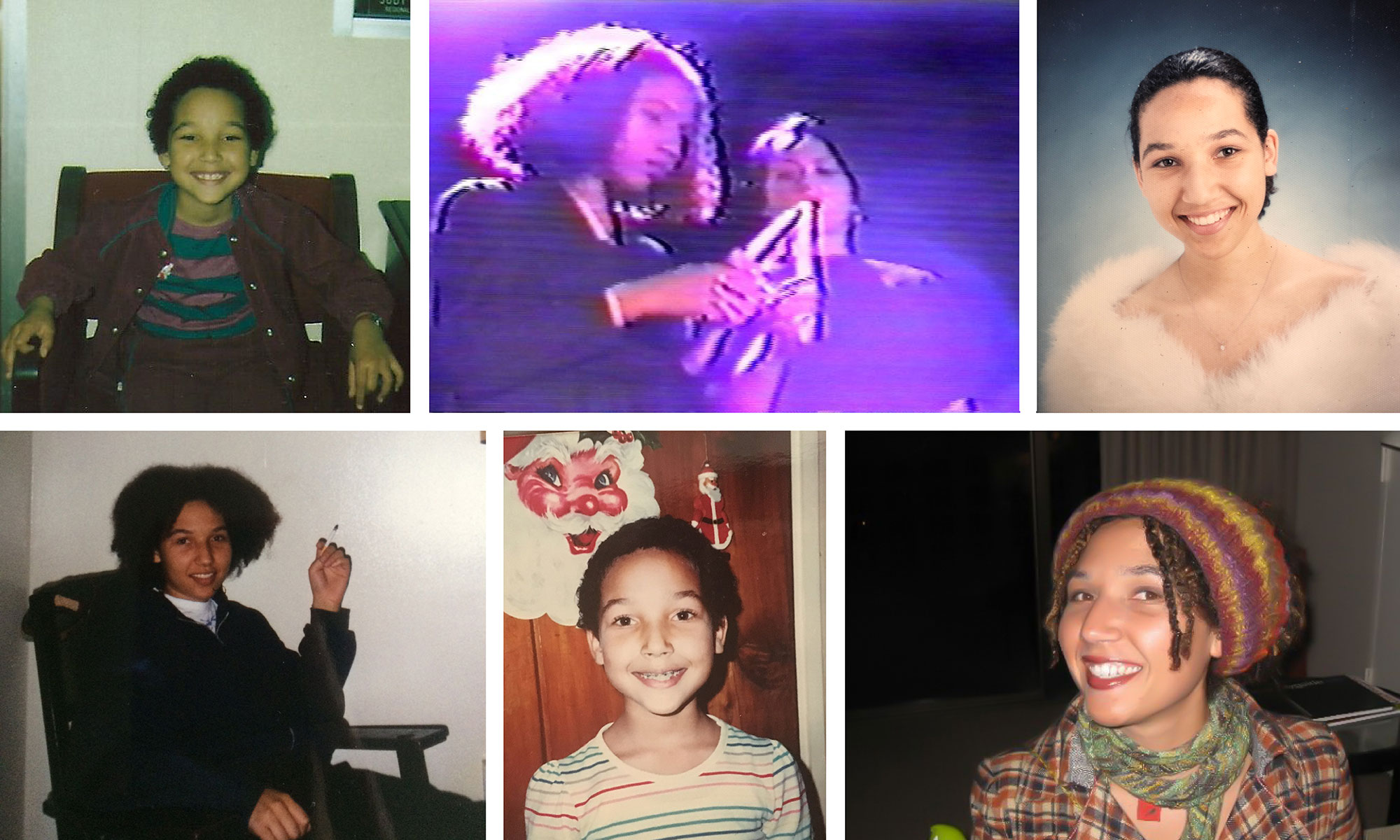Char’s Closet
Alana Nicole Devich Cyril, nee Alana Nicole Devich, AKA Muffy
Alana wrote this essay at Oxford in 1996 as a Mother’s Day gift.
My mother is what you might call a hoarder. The oldest of twelve in a working class family, she didn’t grow up with a lot of things, and she’s making up for it now. My father has 1/3 of the closet space in their walk-in closet. It is clear when you walk in to the closet that his is the left wall. At some point in the past couple of years my mother’s clothes have started creeping onto my father’s side of the closet. This is when he put the tape on the rod. My mother is now allowed six inches of my father’s side of the closet.
My father’s clothes are neatly folded and hung, and could probably occupy half of the space he uses, but on principle he refuses to let my mother’s things further onto his side. He built her cubbyholes in which she could store her shoes. Ninety-eight cubbyholes—the deal being that she would not have more shoes than could fit in the cubbyholes. My mom soon discovered that she could fit two pairs of shoes in each cubbyhole, and if they were sandals, three or four. Eight years later the cubbyholes are full, she’s got a stack of shoes on top of the cubbies and shoes lining the floor in front of the cubbies three rows deep. This does not include the shoes she keeps on the other wall of the closet, or the shoes in the other closets.
I usually make it home to visit my parents once or twice a year; each time I go home I help my mom clean out the closets. There is the walk-in closet in the master bedroom (my dad’s clothes as well as my mom’s everyday work clothes, shoes, belts and purses), the side closet in the same room (more of mom’s shirts, and piles and piles of new hosiery and socks) the closet in the den (mostly skirts, suitcases, and less-often used bags), the closet in the guest bedroom (sweaters, dress shirts and last-minute gifts), the closet in my old bedroom (I have yet to categorize what she has in there) and the downstairs closet (coats and other outerwear). Usually we tackle two closets—the master bedroom and the den. We sort through the clothes and talk about work and Dad and who in the family is in jail.
My mom’s theory on shopping is two-fold and simple—she loves it and she does it often. For all of the shopping she does, I have never known her to buy something at full price, and she knows exactly what is in every closet. Walking into her closets is like going into a clothing store, Char’s Closet. See something you like, but the color isn’t right, keep looking, she’s got four more in other colors. She does the same thing with books and videos. When Peter Pan went on sale, she bought four copies. One for her, one for me and I’m still not sure what she did with the other two. They might have gone to my young cousins, or maybe into the last minute gift closet. She buys at least one copy of every book written by Danielle Steele, Sidney Sheldon, James Patterson and all of the other writers she loves. And all of this isn’t even mentioning the owl figurines or her African masks and artwork.
My mom’s sisters raid her closets annually. They drive up from Southern California in October with empty suitcases in tow. They pull out all of the clothes, throwing them onto the bed and sorting them into piles. Diane, for example, takes the purple clothes. After they are done, the closet is still in disarray, and I come home a few months later and actually organize it; throwing the clothes back on the bed and sorting them into four piles—clothes to donate, clothes to put back in the closet, clothes for me, and clothes to put into one of the other closets. It wasn’t until recently that I realized that my mother plans for these events—buying clothes she would never wear because she thinks one of us might like them. Her closets are filled with clothes that still have the tags on them, and it always surprised me when one of those articles of clothing fit me perfectly.
Closets have always been a magical place of abundance for me. Overstuffed closets soothe me. I imagine myself burrowing through the clothes and shoes, and curling up in the back. Safe. Thanks to my mother’s frequent shopping sprees, my childhood closet was like a miniature version of my mother’s—overstuffed with identical sweaters in different colors. My passion, however, was for books. My books overfilled the shelves in my room, so my dad built two bookshelves, which I put in my closet. When I was upset or angry I would sneak into my closet, closing the door behind me, and read the titles of the books. I would turn off the light in the closet and lie under my clothes so I could reach up and brush the back of my hand along the bottoms of the pants and skirts. I would reach out and run my index finger along the spines of the books, as if these things would bring me comfort. And I suppose they did, but by then I was really waiting for my mother to notice my absence and knock on the closet door.
She would knock and I wouldn’t respond, waiting instead for her to walk in and close the door behind her and wait for me to tell her about my problem. She never knocked too early, before I had sorted through the thoughts in my head, and she never waited too long. Mother’s magic.
Now I’m too old to curl up in closets. And while I have the perfect burrowing closet right now, I settle instead for opening the closet door and looking in at the clothes and shoes before laying face up on the bed, spread-eagle, as if I were preparing to make snow angels. Going home and cleaning out my mom’s closets is the closest I get to those moments from my childhood, surrounded by clothes and listening to the sound of my mother’s voice.
Oxford, 1996




